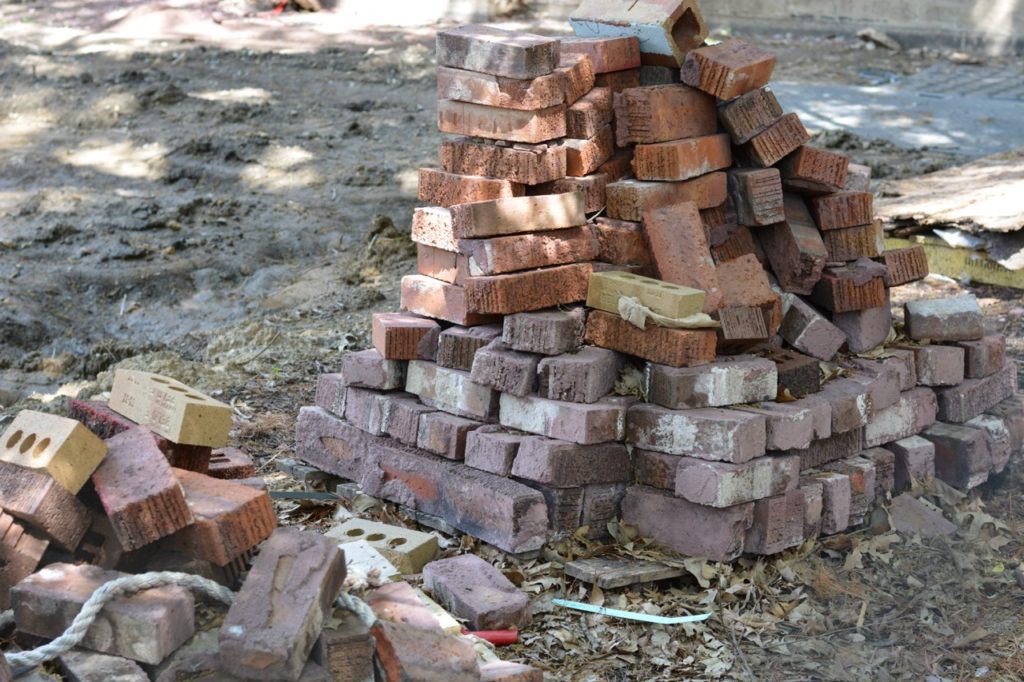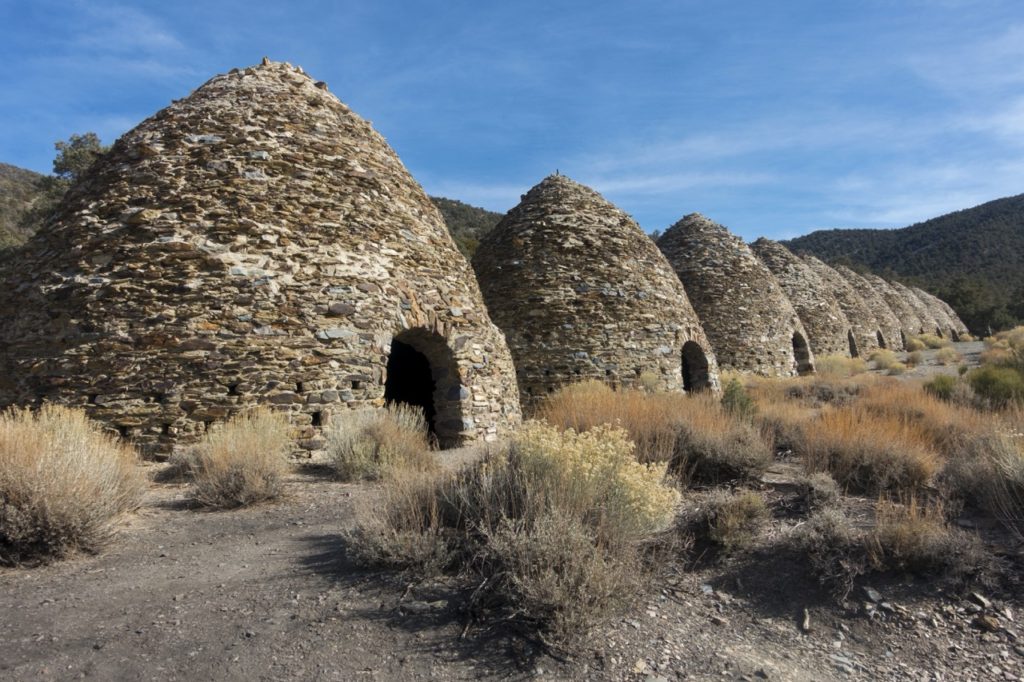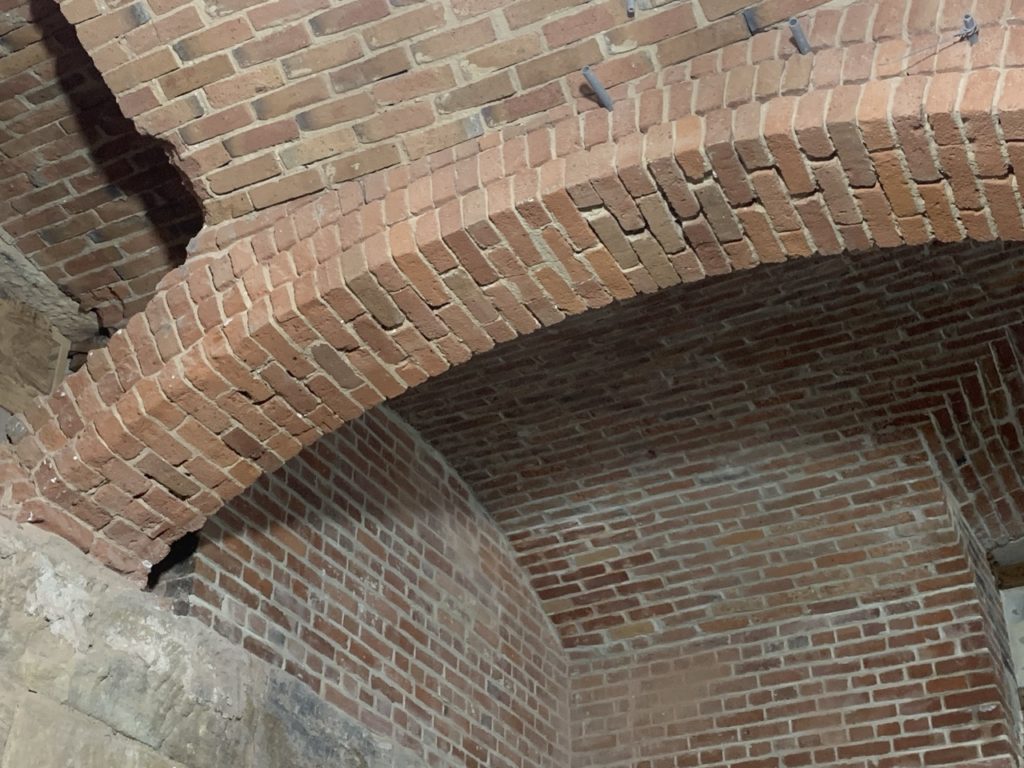How It’s Made: Clay Bricks
Words: Seb Jenkins
Words: Seb Jenkins
Photos: MASONRY Magazine, lyash01, AutumnSkyPhotography
Millions of clay bricks are laid each year across the United States of America, but how exactly are they made? The beauty of clay as a building material is that it can be easily molded when wet but becomes hard and strong when dry. That is why it has been a popular resource for so many thousands of years. Experts believe the first use of clay in pottery dates back to 14,000 BC, while clay bricks were used for the first time in 7,000 BC. The fact we are still using them to this day shows what an invaluable building resource clay bricks are.
Excavating The Clay
As with any building resource, the first step is always to collect it. You can’t make clay bricks without raw clay, after all. There are thousands of natural clay quarries dotted around the world, where clay is excavated and stockpiled for use in the United States. Different types of clay can be excavated, depending on the depth the material is found at.
Surface Clay – As the name suggests, surface clay is found closer to the surface of the Earth. Some of these shallow deposits were only formed in recent years, while others may be upthrusts from older and deeper clay deposits.
Shales – When clay deposits are put under extreme pressure, they harden to create shales – which is a slate-like material.
Fire Clays – When you mine deeper into the Earth, you may come across a type of material called Fire Clays. They differ from other types of clay because of their refractory qualities.
Preparing The Clay
Once the clay has been excavated and collected, it is time to prepare it for use. In order to do this, the clay must be transported to a production factory. Grinding and milling processes are used to break the raw material down into more consistent pieces. Sand, water, and other materials are also added at this stage to ensure the clay is optimized for building practices. For example, some materials are added to make the final clay product stronger. Color pigments can also be used to change the physical appearance of the clay.
Shaping The Clay

The next step in the process is shaping the clay into recognizable bricks for building. There are different methods used to achieve different results when it comes to brick shaping.
Extrusion – Also known as Wirecut, Extrusion is the most popular technique for shaping clay around the world. Part of that is because it also happens to be the cheapest. If a production company is looking to create as many bricks as possible for as little as possible, then the chances of them using Extrusion are rather high. Using this method, the clay material is crushed and fed into a pug mill, where it is thoroughly folded and mixed. The resulting mixture then passes through an extruder, where the air is removed, and the material is condensed. By passing the material through a die, the recognizable brick shape is achieved, and the bricks are cut to the correct length using saws, cables, or wires.
Molding – This process is not as mass-production friendly, but molding is still an important technique in the world of brickmaking. Often used when making bricks by hand, wet clay is poured into a mold and left to dry. The process can be carried out on a grander scale by using hydraulic presses instead of human hands to press the wet clay into its mold. The inside of the mold is coated with sand to ensure the brick is easy to remove at the end of the process. This is also where that rough exterior brick texture comes from.
Pressing – Comparable to the Molding method, the Pressing technique makes some subtle adjustments to increase the force and thickness of the clay. A thicker clay mixture is achieved by reducing the amount of water added, and a steel plunger is used to compact the material at varying pressures. The end product often has a sharper edge than most other bricks. Pressing bricks takes longer than other methods due to increased firing times, but you are left with a longer-lasting product.
Drying The Clay Brick
The level of moisture in a brick depends on the method used to create it, but generally speaking, a wet brick fresh out of the cutting/molding stage will have anything from 7 to 30 percent moisture. The bricks are then transported to a drying chamber to give the water a chance to evaporate. This takes between 24 and 48 hours, again depending on the method used to create the brick and how much moisture there is. The humidity and heat within the drying chamber have to be regulated with care in order to avoid any stress or cracking.
Hacking the Clay Brick
After the clay bricks have been dried, they are loaded into a kiln or kiln car. This process is usually carried out mechanically rather than by hand. Interestingly, the way the bricks are loaded can influence what they look like after the firing process. If they are placed into the kiln face-to-face, they will likely have a more consistent color across the batch. If they are placed face-to-back or cross-set, the uniformity may be less apparent.
Firing the Clay Brick
A kiln is used in the firing process for clay bricks, and modern-day kilns are built to hold huge numbers at one time. Because brick manufacturing is such a large-scale process, it is more economical to fire as many as possible at a time. The most common type of kiln is the Tunnel Kiln, which is used by the vast majority of manufacturers these days. The clay bricks are pushed through a low and wide tunnel while the firing process is carried out. Once again, the tunnels are designed to pass as many bricks through as possible during the firing. While coal fires are used by some production facilities, the most common heating method is gas firing because it provides a more consistent temperature.
 Traditional Stone Masonry "Beehive" Charcoal Kilns (AutumnSkyPhotography)
Traditional Stone Masonry "Beehive" Charcoal Kilns (AutumnSkyPhotography)
Cooling and Unloading the Clay Bricks
Once the firing process is complete, the clay bricks are then left to cool down. Once they are cold enough, they are unloaded and stacked into piles ready for the distribution process. At this stage, the manufacturers will also carry out a quality inspection to ensure all of the fired bricks are up to standard. If a brick does not meet the criteria – for example, if a brick has cracked during the firing process – it will be removed and recycled.
Packaging and Distributing the Clay Bricks
Once the bricks have been checked for quality, they are stacked into packs or onto pallets before being packaged. The clay brick-making process is now complete, and they are ready to be distributed to builders all across the United States.
What are the Properties of a Clay Brick?
The properties of a clay brick depend on the materials added during the manufacturing process and the techniques used to shape the clay. Generally speaking, there are six main characteristics of a high-quality clay brick.
Durability – The durability of a brick is dependent on the shaping technique used by the manufacturer. For example, Pressing creates a more durable brick than Extrusion. The temperature at which the brick is fired can also impact the durability, as can the materials added during the preparation stage. Some manufacturers add special ingredients specifically to improve the final product’s durability.
 Illinois State Capitol Basement
Illinois State Capitol Basement
Color – The color of a finished clay brick depends on how it was fired, at what temperature it was fired, and its overall chemical composition. Color pigments can be added during the preparation process in order to achieve a particular color. Bricks tend to get their natural red color from the iron inside the clay, which oxidizes during manufacturing.
Texture – The texture of a brick can be impacted by the methods used during manufacturing. The molds have a big say on the final texture of a brick. A smooth mold can produce a smooth brick, while a sanded mold can produce a rougher texture. The skin of a brick can also be removed entirely, allowing manufacturers to create their own texture using rolls, cuts, brushes, or scratches.
Size – Of course, the mold of a brick dictates what size brick you are going to get. Manufacturers can cut any length and use any sized mold they like. However, clay bricks shrink during both the drying and firing stages, so that must be calculated ahead of time to ensure you end up with the size you want.
Compressive Strength – The compressive strength of a clay brick is dictated by the firing process, the manufacturing method, and the properties of the clay mixture. While the compressive strength relies more on the raw properties of the material, higher firing temperatures can increase the strength, too.
Absorption – Much like compressive strength, higher firing can reduce absorption levels, but it is more dependent on the raw materials of the clay used.
References
American Institute of Architects, Environmental Resource Guide, The American Institute of Architects, Canada, 1998.
Campbell, J. W. P. and Pryce, W., Brick, A World History, Thames and Hudson, New York, NY, 2003.
https://www.gobrick.com/media/file/9-manufacturing-of-brick.pdf
https://www.wienerberger.co.uk/tips-and-advice/brickwork/how-are-bricks-made.html
https://brickhunter.com/blog/how-are-bricks-made